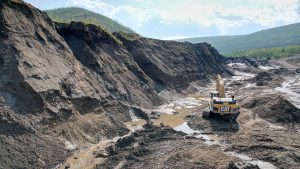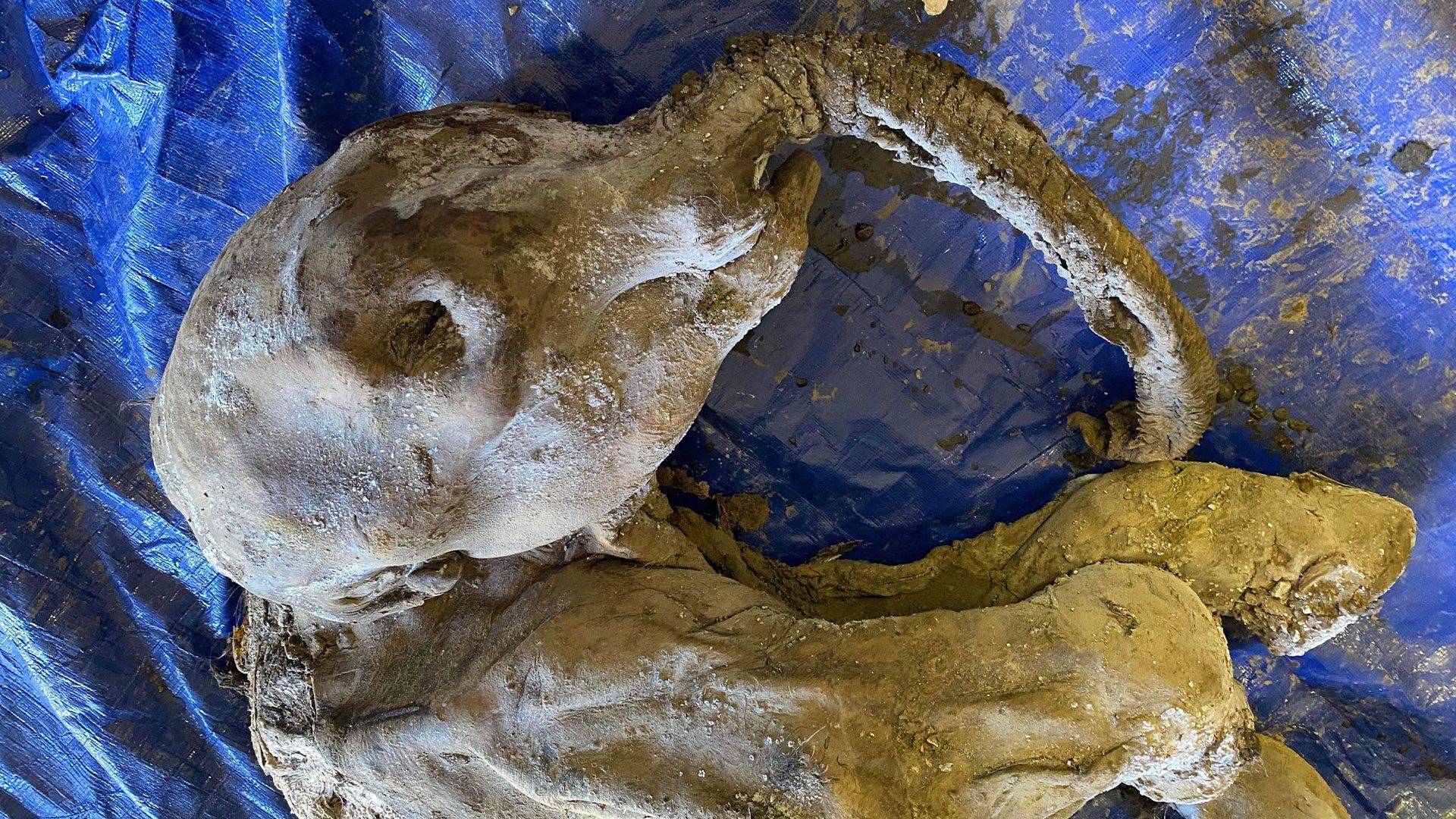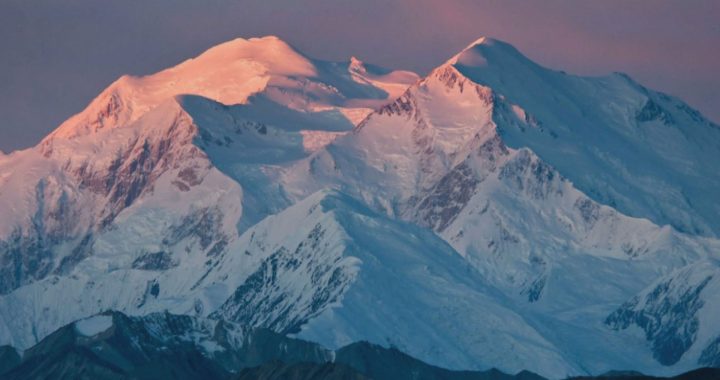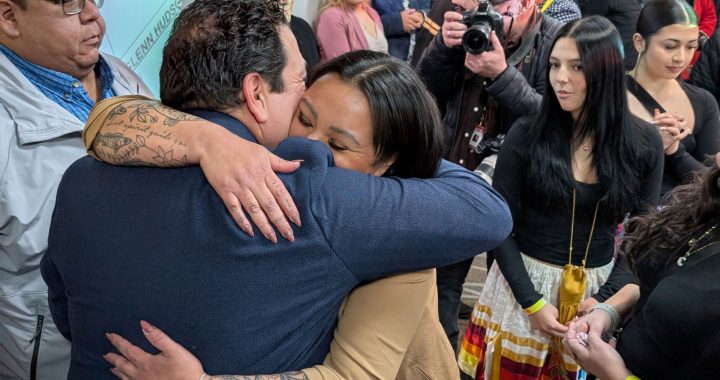A First Nation in Yukon is rejoicing after the discovery of a baby woolly mammoth on its traditional territory.
The well-preserved animal was discovered by placer miners at Eureka Creek near Dawson City, Yukon, on June 21.
The Tr’ondëk Hwëch’in First Nation (THFN) named the animal Nun cho ga, which means big animal baby in the Hän language.
“The recovery of Nun cho ga has been a remarkable event. It has already begun stirring the interest of people throughout the world,” said Chief Roberta Joseph during a technical briefing on July 13.
“She is more than a historic specimen of men. She is one of our sacred ancestors.”
Ross MacPhee, senior curator for the department of mammalogy at the American University of Natural History in New York City, says Nun cho ga’s discovery is significant as she is the best-preserved woolly mammoth found in North America.
“To have an entire body in very good shape…with hair, toenails, trunk all there, is really remarkable,” he said.
He noted samples of her DNA can also be used to study the genetic code and evolution of woolly mammoths and elephants.
“One of the things we want to understand is how an elephant, which is what a woolly mammoth is, managed to adapt to ice age conditions in the northern most part of the world, and do so very successfully over hundreds of thousands, if not (a longer number) of years, and we need to know more about that,” he said.
Geologists with the Yukon Geological Survey estimate Nun cho ga was between 30 to 35 days old when she died during the last ice age more than 30,000 years ago.

Jeff Bond, a manager with the survey, says gravel and silt deposits where the animal was located indicate she was in close proximity to a small stream when she died.
“The mammoth either died on the stream bed or near it, and was subsequently buried likely by a mudflow that, came down in a storm event,” he said.
Bond said it’s also unlikely Nun cho ga’s discovery is related to climate change. That’s because miners found the animal by digging into the permafrost with machinery as opposed to climate change events like permafrost thaw.
Travis Delawski, a miner with Treadstone Gold who unknowingly unearthed the animal using an excavating machine, said he couldn’t figure out what he was seeing at first.
“I looked down and something was looking at me,” he recalled.
Thinking it might be the remains of a human or buffalo, he called his boss.
“But then I got down and I looked kind of closer at it and it had a trunk. And then soon as that happened, I was like, ‘Brian, it’s, it’s a baby woolly mammoth. And he’s like, no way!’”
Delawski said he didn’t think much of what he found at the time, but now says he’s happy to be involved with such a historic event.
“As the days go on, it sinks in and for the whole world to know – it’s pretty significant to everybody.”

After the discovery elders held a ceremony where they blessed the animal.
Debbie Nagano, THFN’s director of heritage, says those gathered around Nun cho ga were speechless.
“I heard silence for about close to a long four to five minutes, and you could see people were trying to figure out, you know, spiritually, emotionally, physically,” she said. “It was very powerful at that moment.”
Joseph says because the animal was found in THFN territory the First Nation has a responsibility to care for her.
“It is the root of our kinship and the land and our animals who taught us how to survive and how to live. Those promises are happy obligations,” she said.
Nun cho ga will remain on THFN territory in frozen, stable conditions while the First Nation, Yukon government and other partners decide next steps for her preservation.










